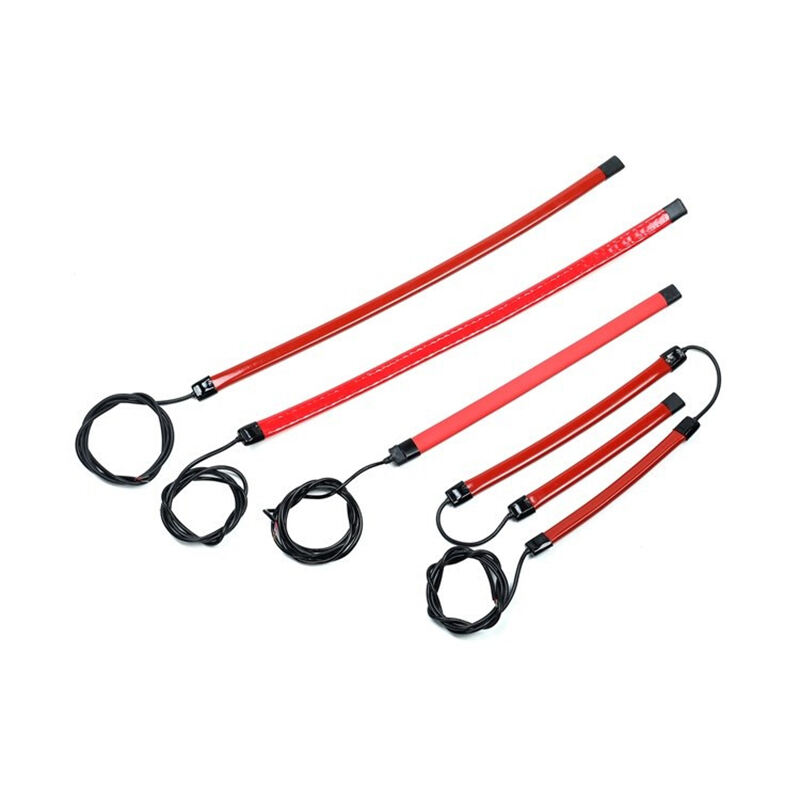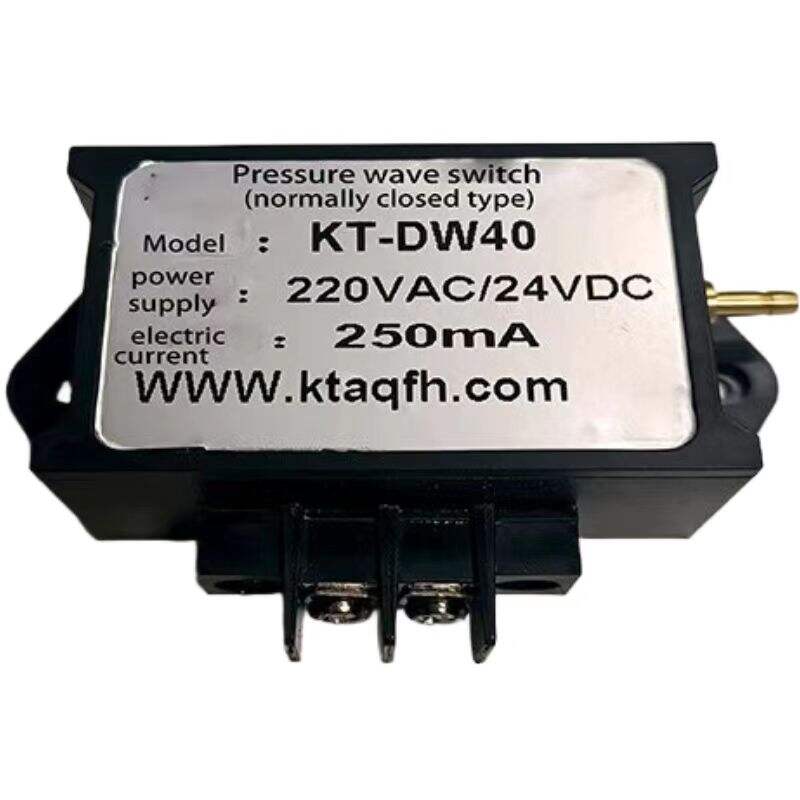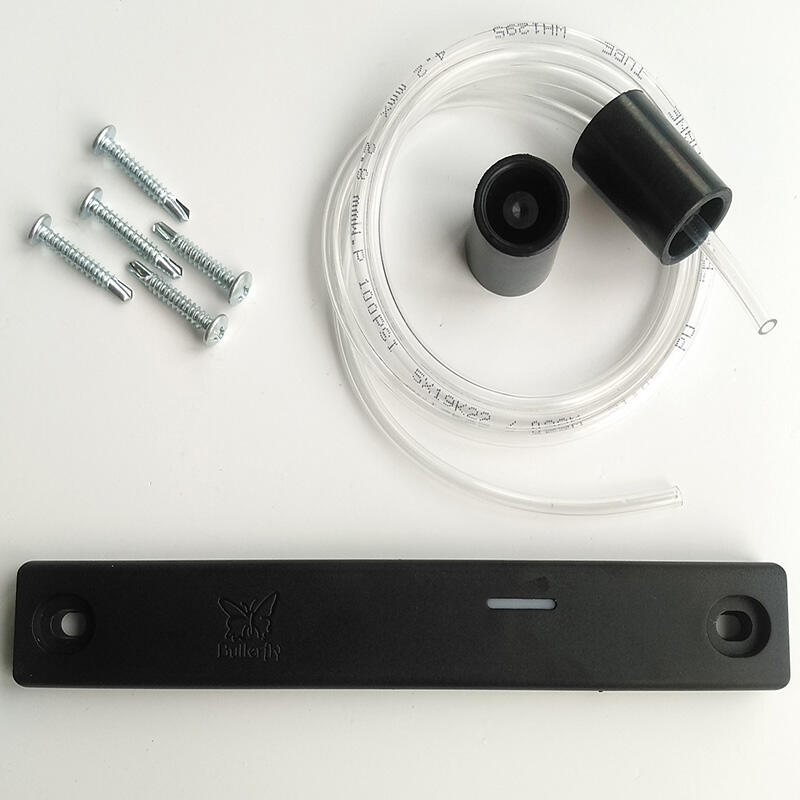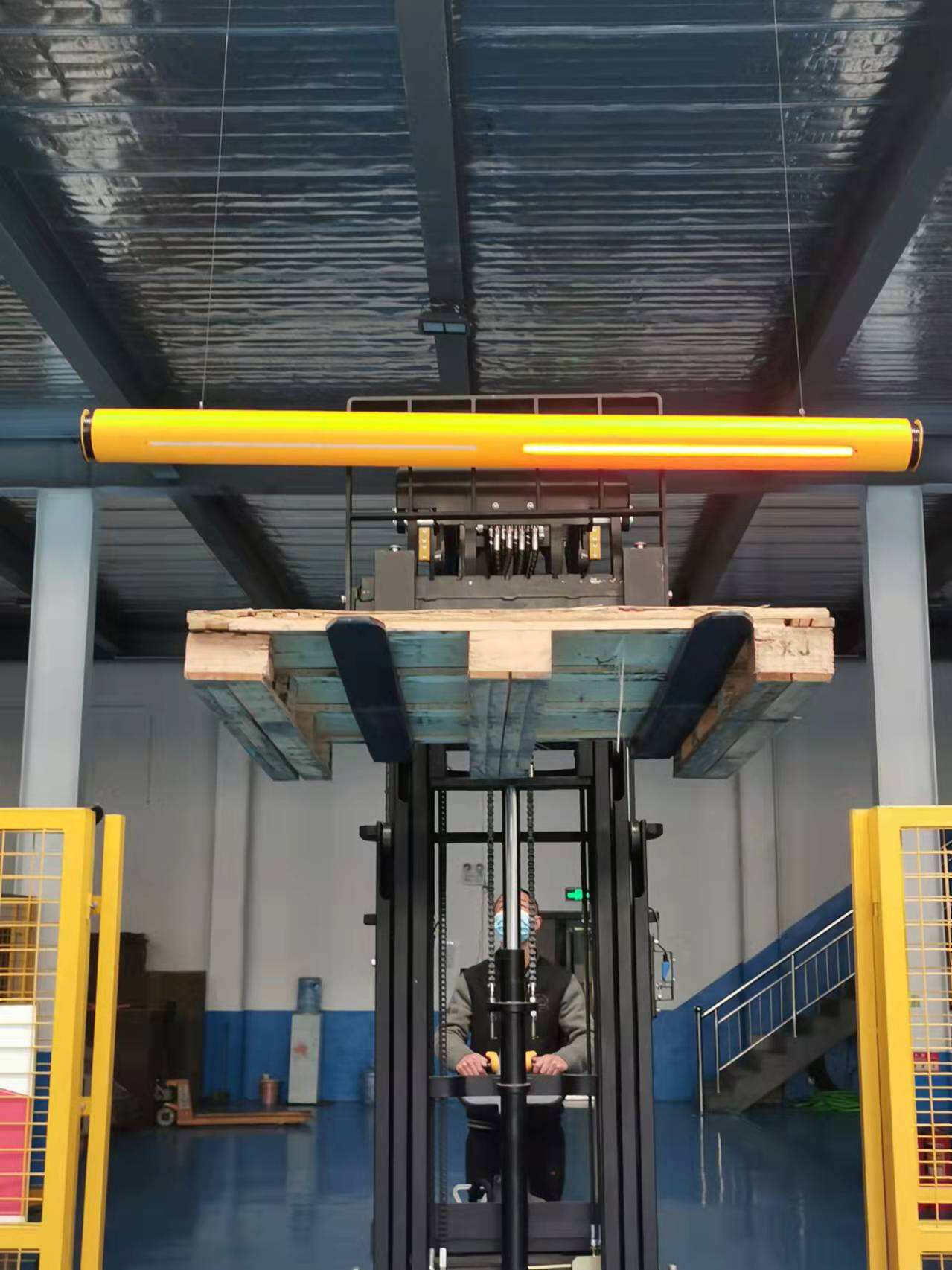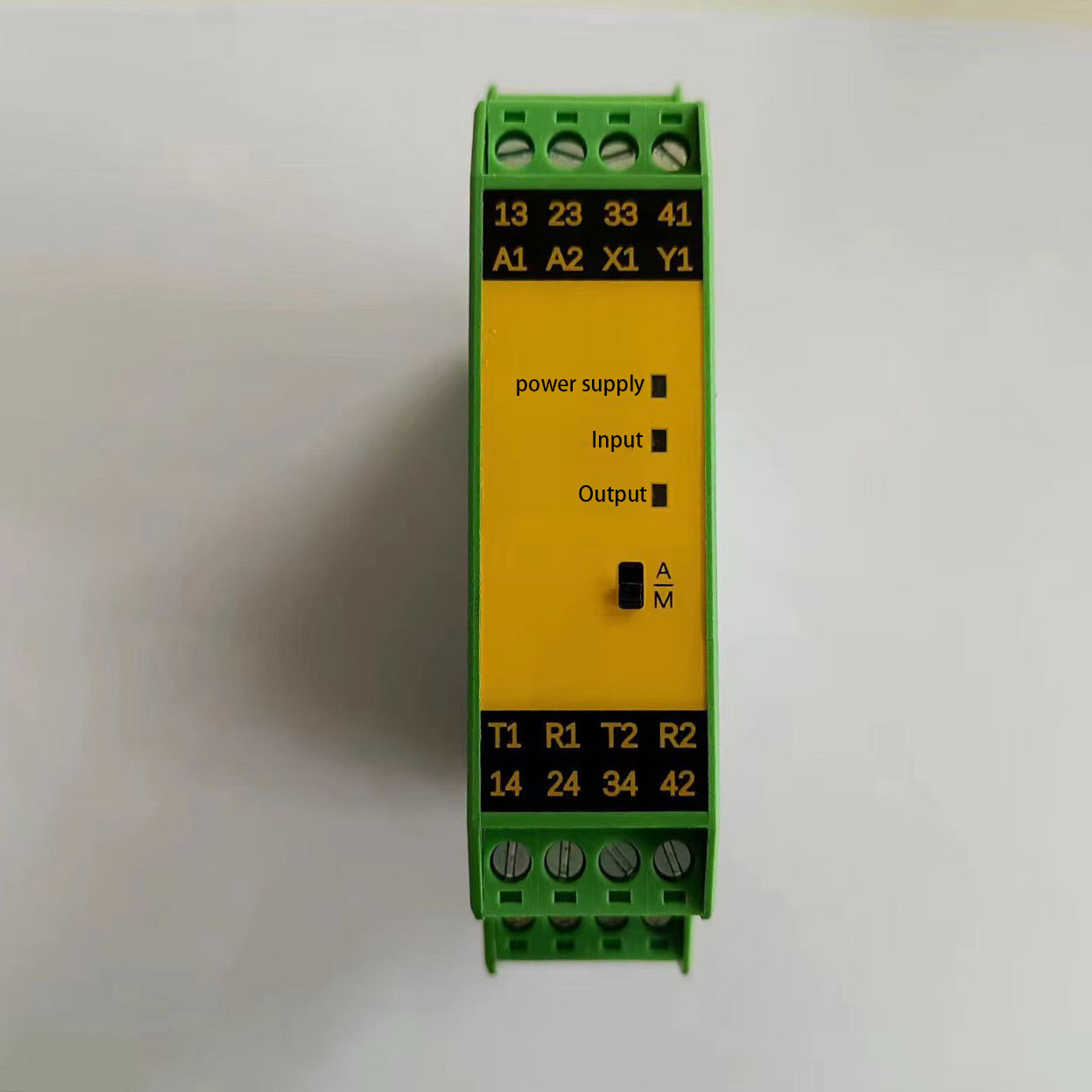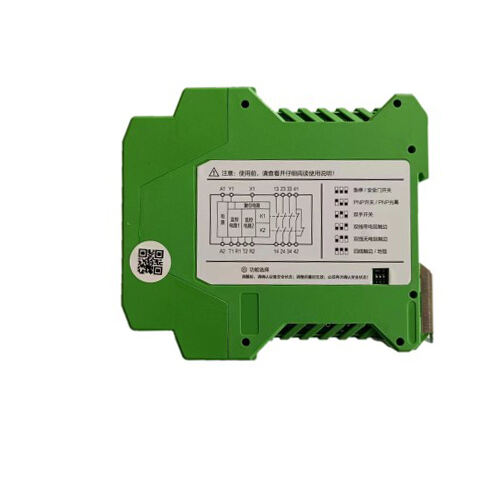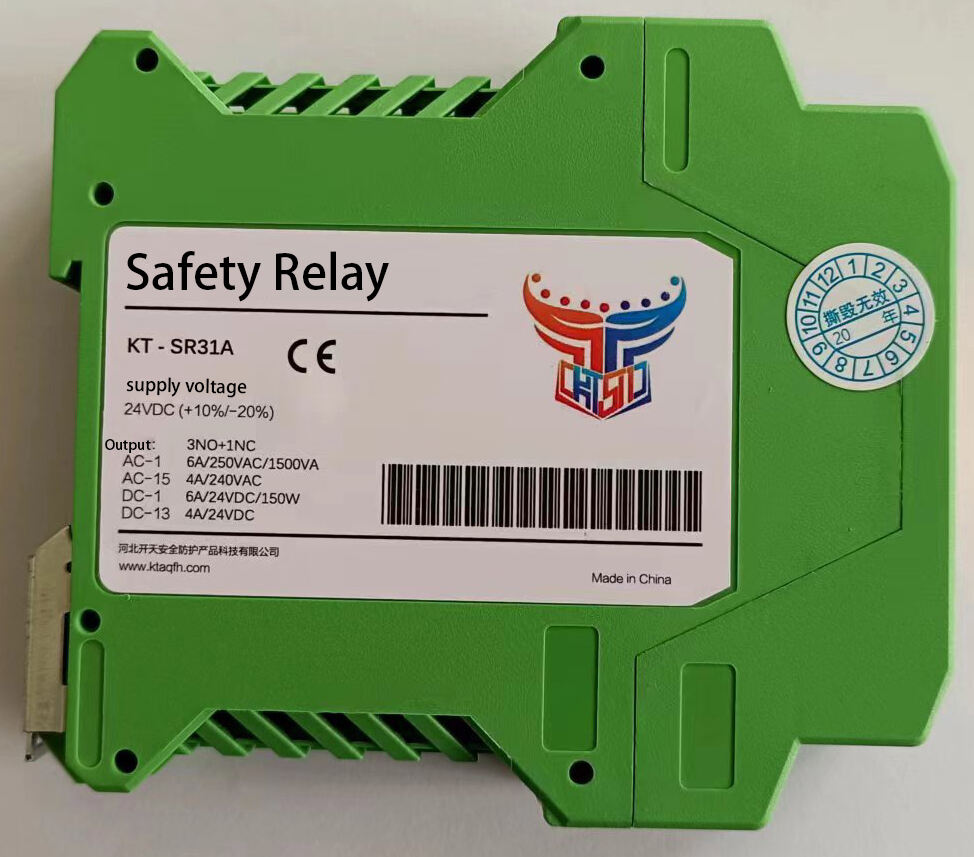safety relay working
Safety relay working represents a crucial component in industrial safety systems, designed to monitor and control emergency stop functions and safety devices. These specialized relays operate on the principle of redundancy and self monitoring, ensuring fail safe operation in critical applications. When a safety input device is triggered, the safety relay immediately interrupts the dangerous motion or process, maintaining a safe state until a manual reset is performed. The system incorporates dual channel monitoring, which means it uses two separate circuits to verify the status of safety inputs, providing enhanced reliability and protection against single component failures. Safety relays feature force guided contacts, ensuring that if one contact welds or fails, the other contacts cannot change state, thus preventing unsafe conditions. They are equipped with sophisticated diagnostic capabilities that continuously monitor the system's status, including input devices, wiring, and output contacts. These relays find extensive applications in manufacturing facilities, automated production lines, robotics systems, and machinery safety circuits, where they protect both personnel and equipment from potential hazards. The technology complies with international safety standards and regulations, including ISO 13849 1 and IEC 62061, making them essential components in modern industrial safety systems.

